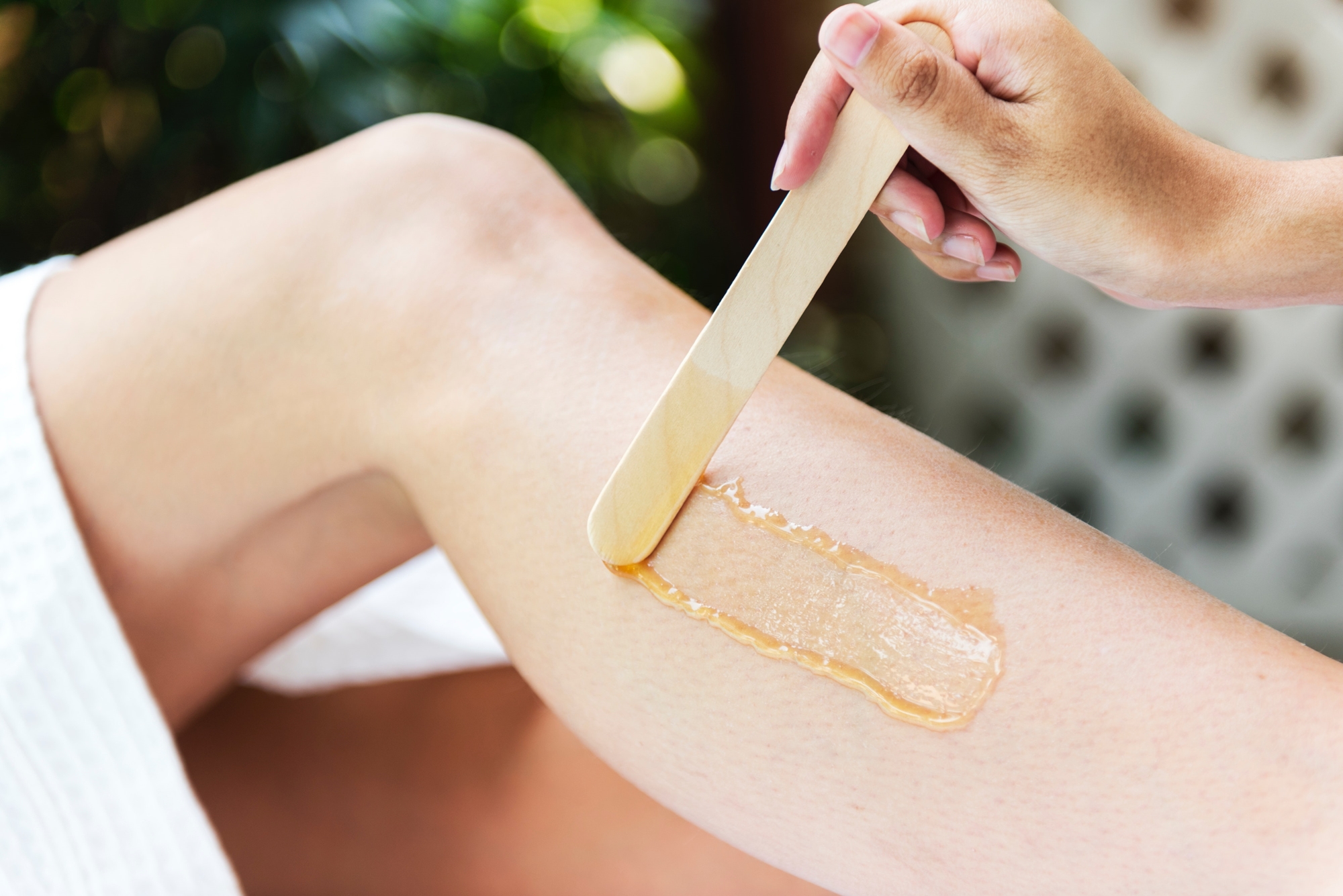When you have body hair that is embarrassing, your first reaction may be to shave it off. Alternatively, you may turn to other at-home methods like waxing or sugaring. But there are also other hair removal options to consider, including clinical hair removal procedures. Here are some of the most popular hair removal techniques and how they differ from one another.
Comparing Home and Clinical Hair Removal Procedures
Using a Razor to Remove Body Hair
Shaving body hair off with a razor may seem like the most convenient and easiest option on the surface, and that is exactly what it is. That is, a razor blade can only remove the parts of each hair visible above the surface. The hairs below the surface remain untouched. Think of it much like mowing the lawn. Grass roots and lower portions of blades remain behind. The same is true of shaved hair. For that reason, when you shave it off, it has a tendency to grow back quickly. It may only take a few days to reappear.
Waxing or Sugaring to Remove Annoying Body Hair
Sugaring and waxing are popular body hair removal methods you can do on your own at home or have performed on you in a clinic. The latter tends to be more accurate and keep hair away longer because clinicians are trained in popular sugaring and waxing techniques. Clinical waxing or sugaring is also recommended if the hair you want to remove is in a sensitive area or one you cannot easily reach on your own, such as on your back.
Sugaring and waxing essentially rip the hairs out, which means more of the invisible part of each hair is removed than when you shave. Therefore, hair will take longer to regrow. In fact, regrowth after such procedures can take several weeks.
Depilatory Cream and Epilator Use for Hair Removal
Another way to remove unwanted body hair is with an epilator. An epilator is a hand-held device that works like tweezers except it plucks multiple hairs at once. I used to have a Braun Silk Epilator with 20 tweezers that remove hair at the root for a long-lasting smoothness. Using an epilator, you can remove unwanted hair from almost any part of your body you can reach. The process is quite efficient, but it is also quite uncomfortable (and quite painful especially for the first few times). When you have a clinical hair removal procedure like laser treatment your clinician can use numbing agents to minimize discomfort. There is no such option with home epilator use.
You can also try an at-home product called depilatory cream for hair removal. There are various brands available in local drugstores. It is a cream or lotion you apply consistently to your body according to the directions. Over time, use of such a cream can remove hairs. It can also help delay the regrowth of hair after other procedures, such as waxing. However, you must remember to use it on a regular basis, which makes it one of the less convenient hair removal options.
Also, note that the main risk with applying a depilatory cream is having chemical burns because they are strongly alkaline. If you have sensitive skin, it may be best to stay away from these creams and make sure you’re removing them thoroughly or you risk developing a “slow burn.” I know, I’ve been there, too. Ouch!
Getting Rid of Each Entire Hair with Laser Treatment
If you are sick of shaving, waxing, and/or using depilatory creams, you may want to head to your local clinic for laser treatment. I’ve gone through about 8 sessions of the painless diode laser for underarm hair removal at Skin Station several years ago, and it’s very effective until now. Compared with a lifetime of shaving, waxing or plucking, diode laser can save you both time and money.
What was once thought as impossible, virtually painless laser hair removal treatment is now available. Basically, a laser penetrates down deep below your epidermis, or outer skin layer. By doing so, it can weaken each entire hair down to its follicle, or root. The sheer number of laser hair removal machines for sale in the skincare industry is staggering, so you will find different machines in use in each of your local skincare clinics. Some may be better suited than others to treat your skin type or color, so you need to discuss your options with a clinician before scheduling an appointment.



Some really good advice, will bookmark it for the next time I need it.